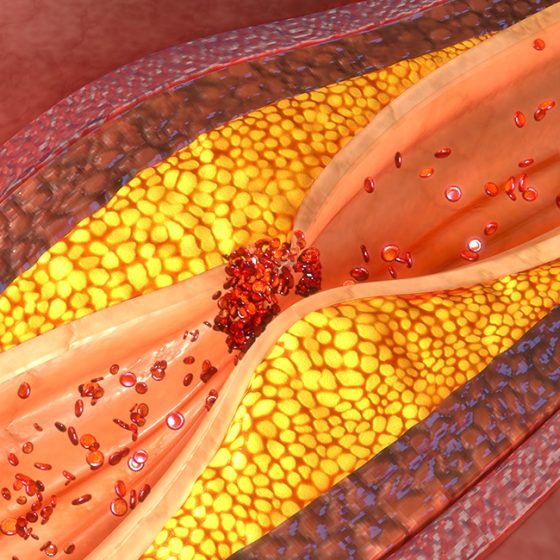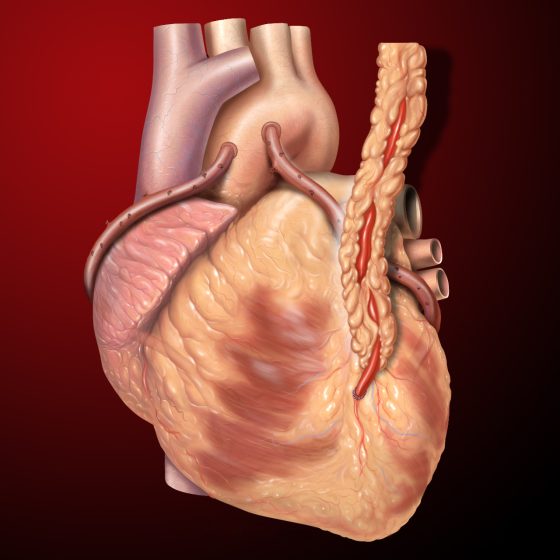Cost of dental care
What is dental care? Dental care is the care of the teeth and mouth provided by a dentist, dental specialist or other health professional. In Australia, dental services are provided by public dental services or by private dentists. Dental costs vary widely from dentist to dentist. That is because there are no standard fees for dentists like there are for doctors. Dentists charge different amounts according to where they practise and what methods they use. Does Medicare cover dental care? The Australian Government does not cover the costs of most dental services in the way it does with other health services.




